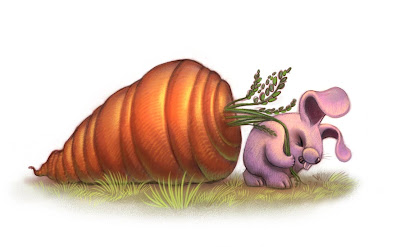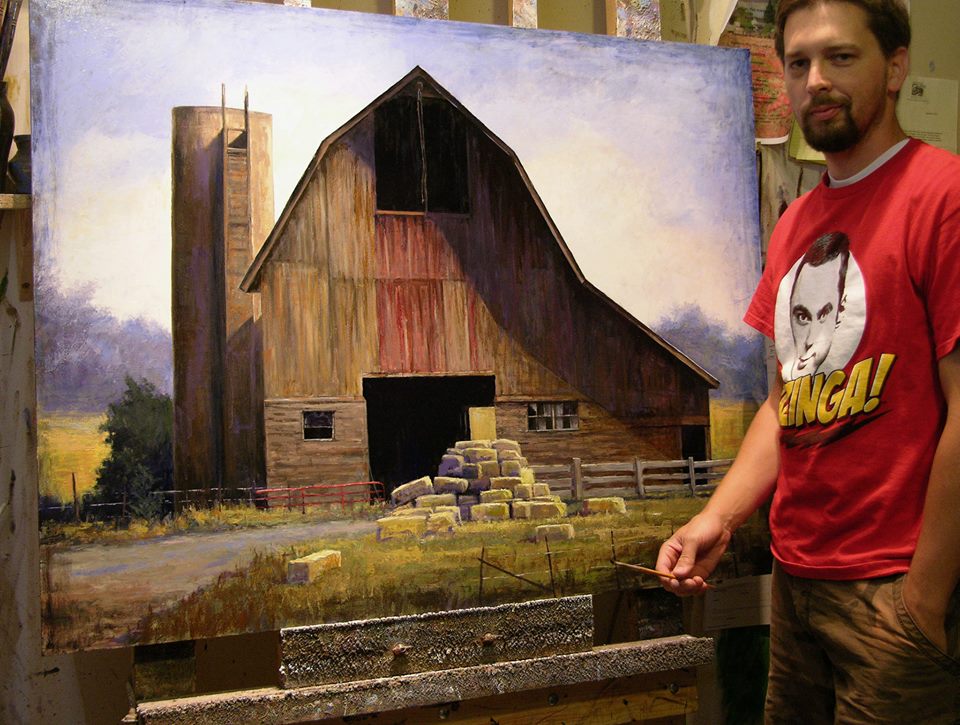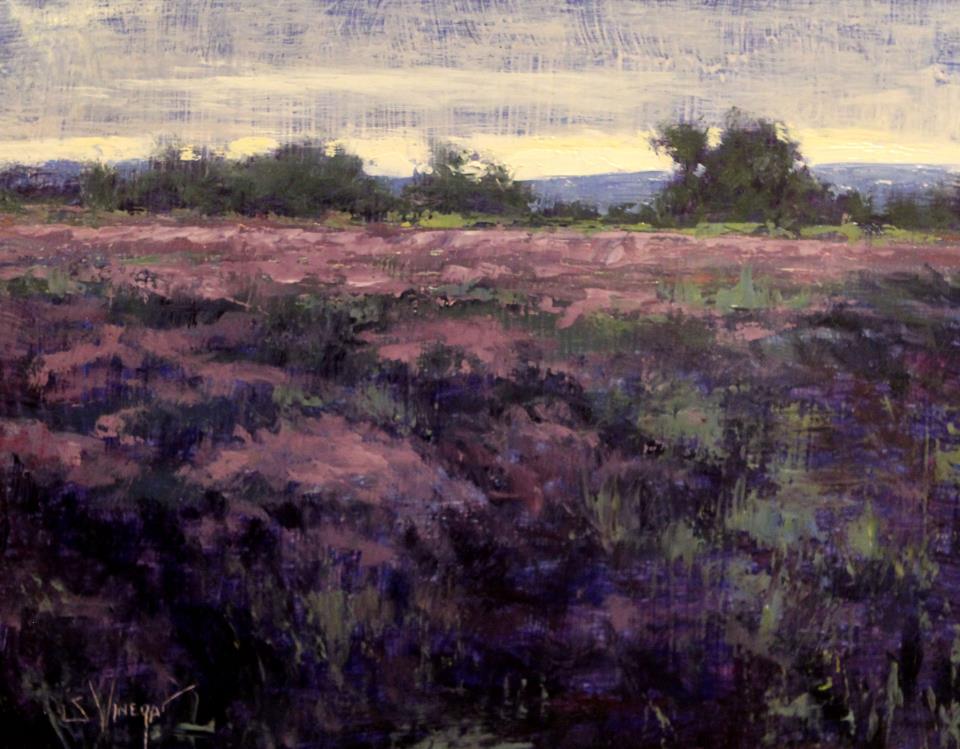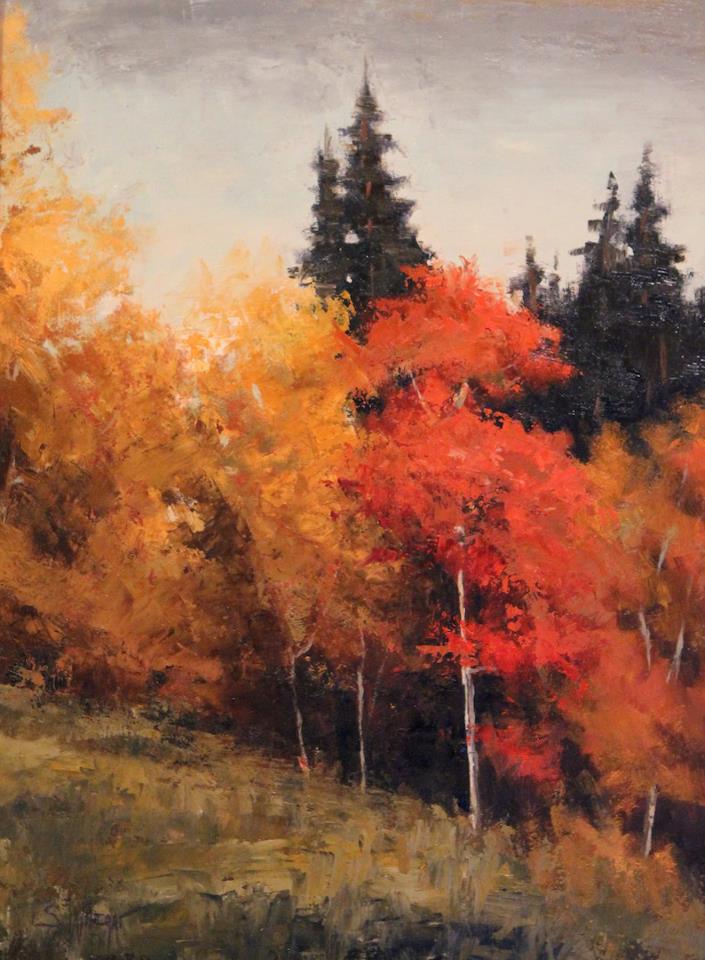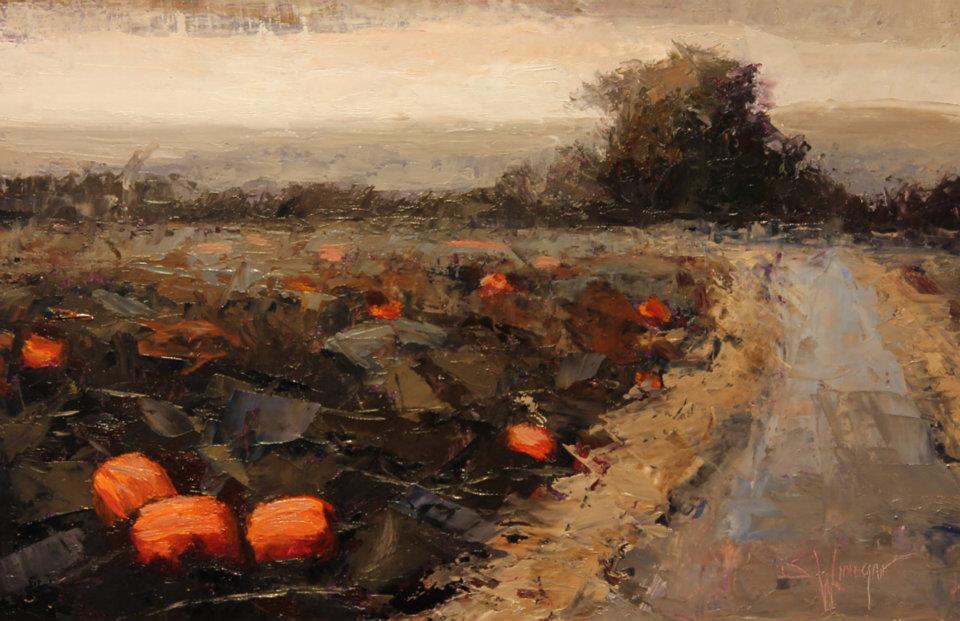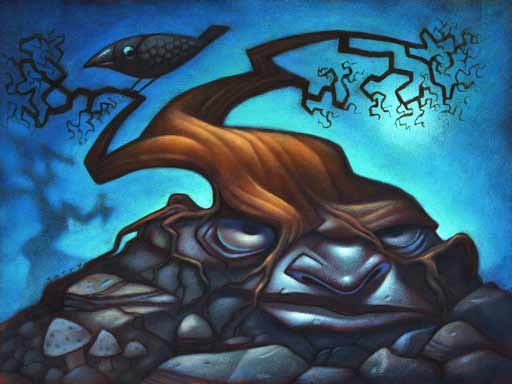How To Make A Story App – Step 2
Get Acquainted with the Market
Often I see artists embark on a journey without knowing how people made the same trip before them. The pioneers before you encountered the same problems you’re going to encounter and looking at their solutions will make your project much easier. The more you consume the more you will develop your own opinions about what works and doesn’t work. In addition, when you look at great art it inspires you to be great and the ideas begin to flow.
But where can I find great story apps?
I’m so glad you asked! You need to check yourself into Digital Storytime! There’s a screen shot from their site right below here. I like to click on “Quality” and then “Overall Rating” to see what they think are the best story apps. I devour these being aware of the commonalities of each one. You may want to ask yourself,
Do they all have read to me files? Do they have static text or highlighted text? Do they offer them as options or are you stuck with the read to me file and highlighted text?
Tune into #Storycppchat every Sunday night.
Next, you need to tune in to #Storyappchat every Sunday night at 9:00PM Eastern 6:00PM West Coast. This is a twitter chat where anyone is invited and there’s a new topic about story apps each night. The information being shared is pure gold if you’re looking to produce your own apps.
I’ll be back soon with step 3 and don’t forget to check out our Kwik class that begins in October 2013 – and you can always sign up for the video only version – the recorded live classes.
check back this September 27 for step-3.



